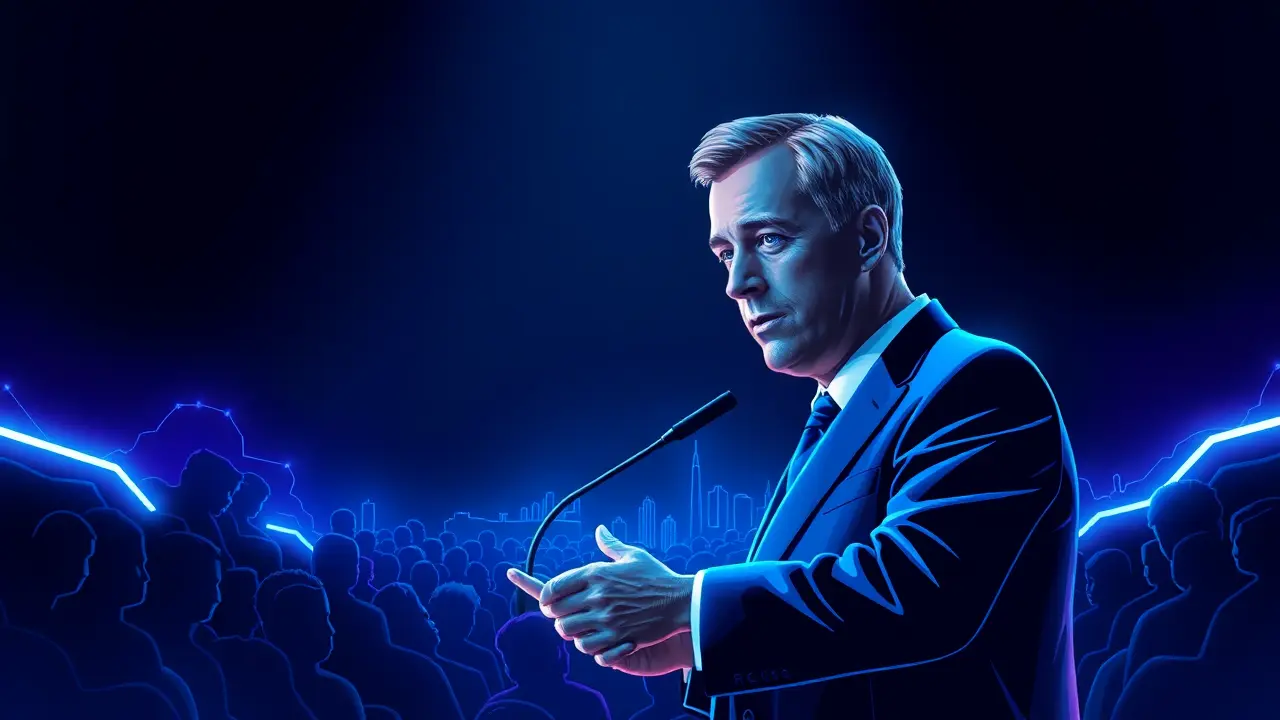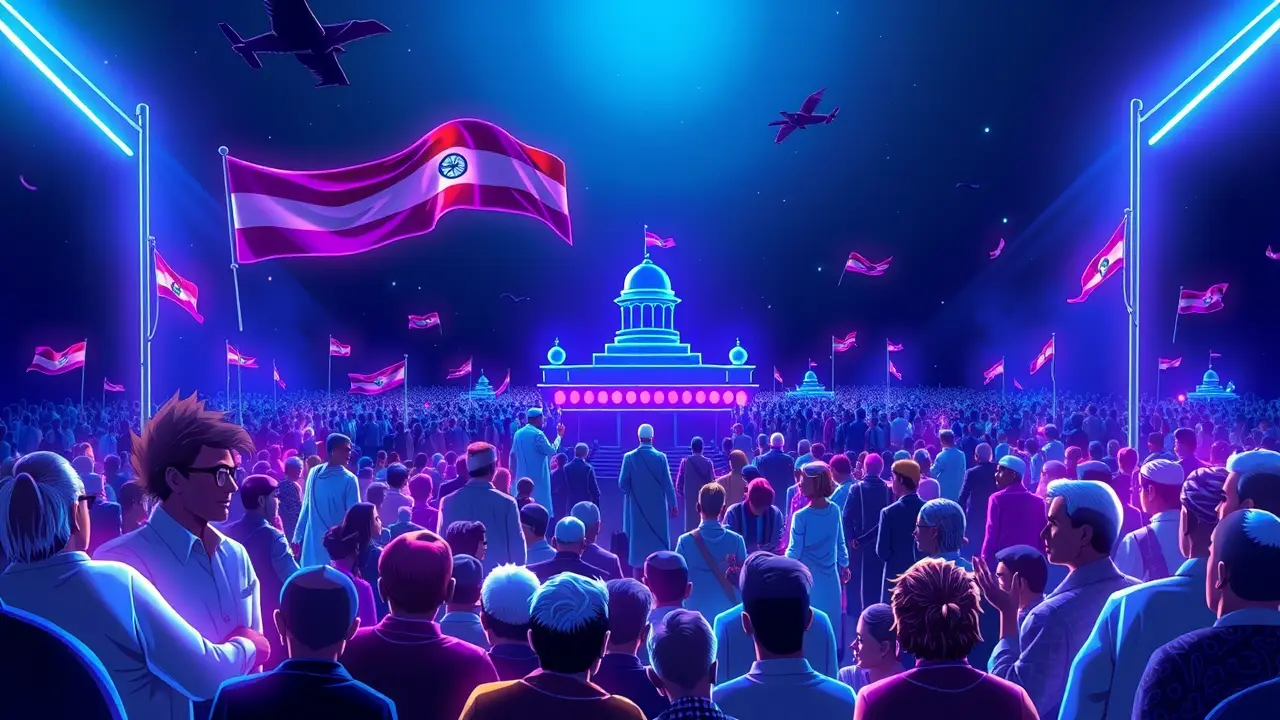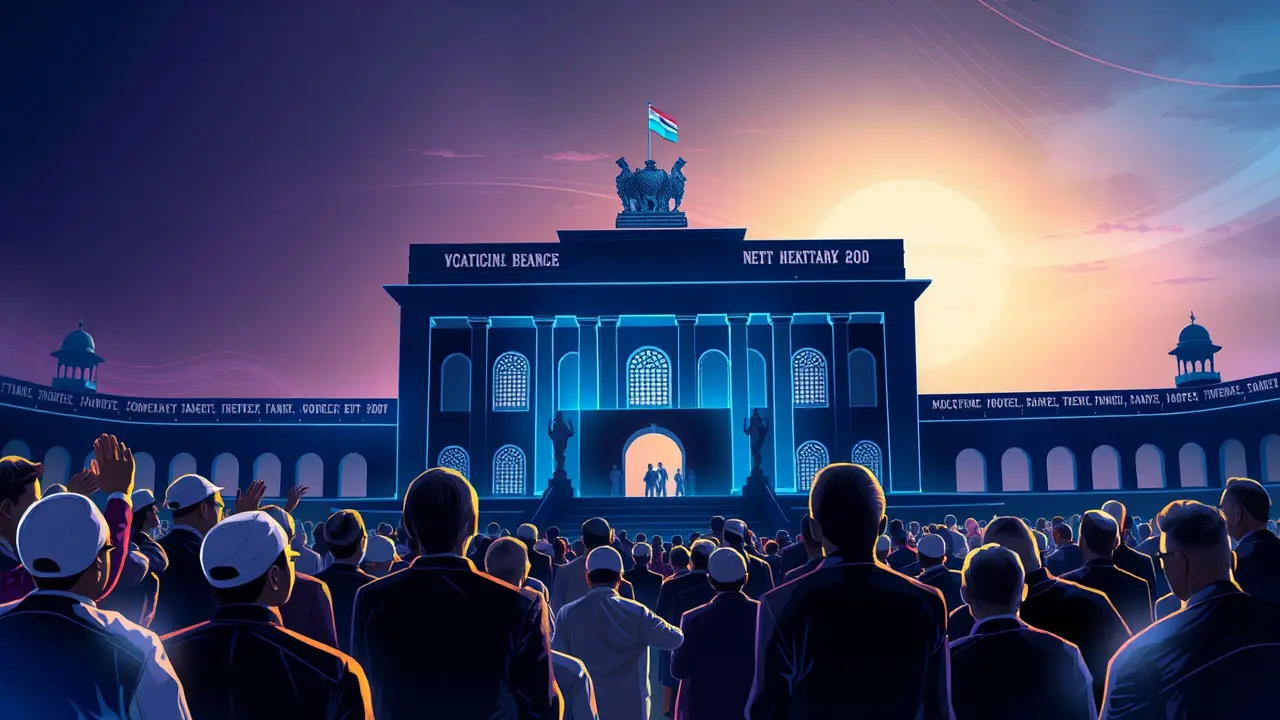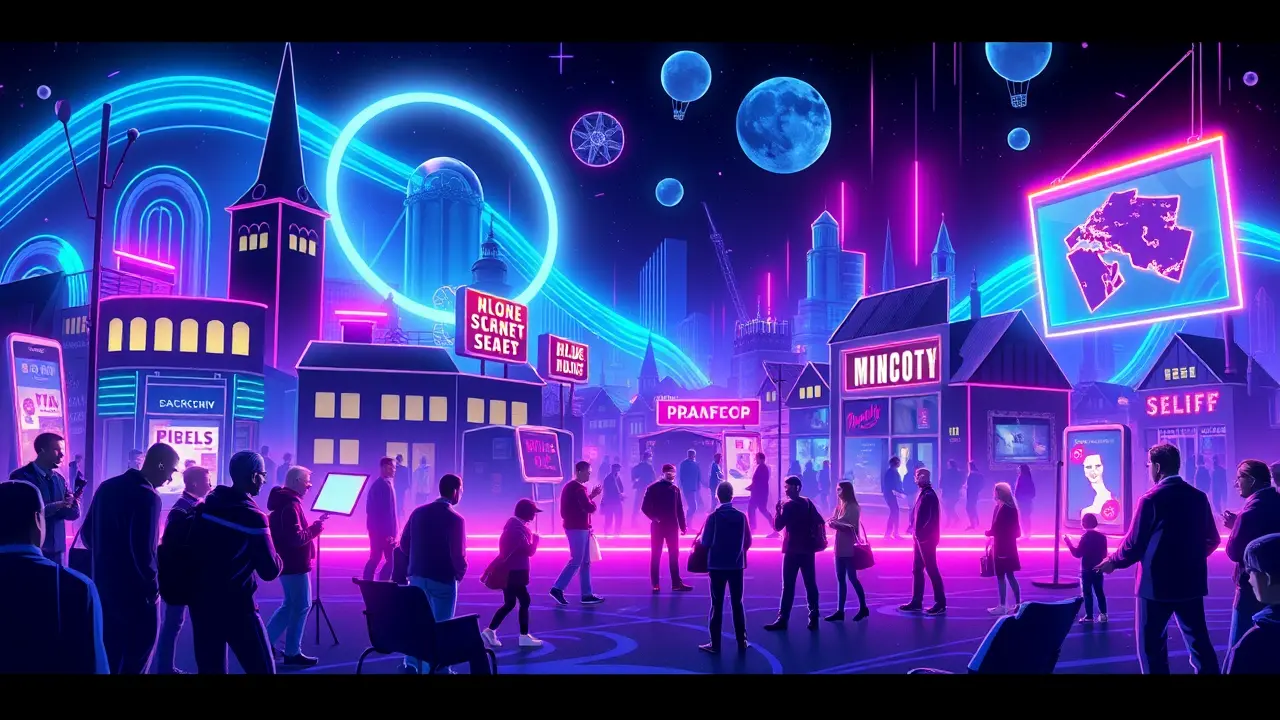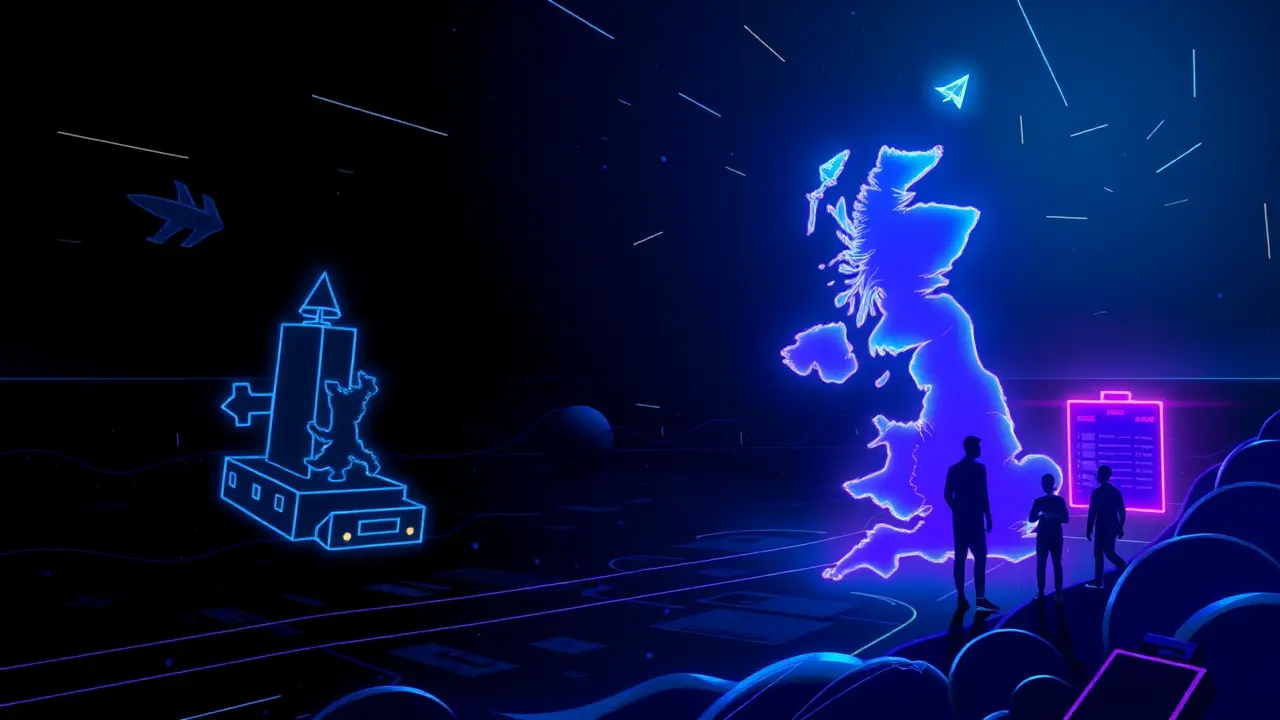
Politicsgovernments & cabinetsPolicy Agendas
Why Traditional CRMs Fail Government Agencies
RO
Robert Hayes
12 hours ago7 min read3 comments
The fundamental incompatibility between traditional Customer Relationship Management systems and the intricate operational realities of government agencies represents a critical failure in public sector technology implementation, one that echoes historical mismatches between private sector tools and public service mandates. Public servants operate within a complex ecosystem of geographically distributed individuals across dozens of public and private organizations—cybersecurity officials coordinating with state and federal counterparts, homelessness coordinators working across public health departments and nonprofits, veterans affairs departments navigating the intersection of educational benefits, healthcare systems, housing assistance, and employment support.This multidimensional collaboration isn't merely convenient but constitutes the very backbone of effective governance, requiring a sophisticated understanding of organizational relationships that current CRMs fundamentally misunderstand. The origins of CRM technology in sales optimization have created a philosophical chasm between what these systems measure and what government actually needs.Where sales-focused platforms like Salesforce emphasize 'closing deals' and 'strengthening customer relationships' within linear sales funnels, government operations require dynamic network mapping that captures the ever-evolving roles, responsibilities, and intersections between stakeholders. Consider the hypothetical but representative case of 'Jess,' a state employee spearheading homelessness initiatives while simultaneously coordinating with public health agencies, serving as point contact for shelters, participating in multi-agency working groups, and sitting on regional organizational boards—a constellation of relationships that defies categorization within traditional CRM architectures that would futilely attempt to place her in a nonexistent sales pipeline.The deeper philosophical divergence emerges in the critical area of data enrichment: whereas commercial organizations primarily need basic prospect information to move opportunities through sales cycles, government agencies require continuously updated, context-rich relationship intelligence that captures the multidimensional nature of public service collaboration. This isn't merely a technical limitation but a fundamental misalignment of purpose—where commercial CRM data enrichment has diminishing returns after deal closure, government operations demand exactly the opposite: increasingly sophisticated relationship intelligence over time as networks evolve and initiatives multiply.The consequences of this mismatch extend beyond mere inconvenience to actively hampering governance effectiveness, forcing public servants into unsustainable workarounds involving manual contact tracking through outdated spreadsheets or constant email archaeology, essentially creating a hidden tax on productivity that undermines the very collaboration these systems purport to facilitate. Historical parallels exist in other failed private-to-public sector technology transfers, from enterprise resource planning systems struggling with government procurement rules to marketing automation tools failing to accommodate public transparency requirements.What emerges from this analysis is the urgent need for a new class of government-centric relationship management platforms that treat contacts as members of overlapping networks rather than sales prospects, that prioritize contextual intelligence over conversion metrics, and that recognize the perpetual rather than transactional nature of public service collaboration. As governments face increasing demands with constrained resources, the technological infrastructure supporting their most fundamental activity—coordinated action across organizational boundaries—must evolve beyond its commercial origins to meet the unique challenges of public sector service delivery. The resolution lies not in incremental improvements to existing CRM platforms but in a fundamental reimagining of relationship management philosophy specifically for government contexts, where the 'customer' is actually a network of collaborators and the 'sale' is effective public service outcomes.
#government technology
#CRM software
#public sector
#collaboration tools
#featured
#digital transformation
#interagency coordination
Stay Informed. Act Smarter.
Get weekly highlights, major headlines, and expert insights — then put your knowledge to work in our live prediction markets.
Related News
© 2025 Outpoll Service LTD. All rights reserved.
